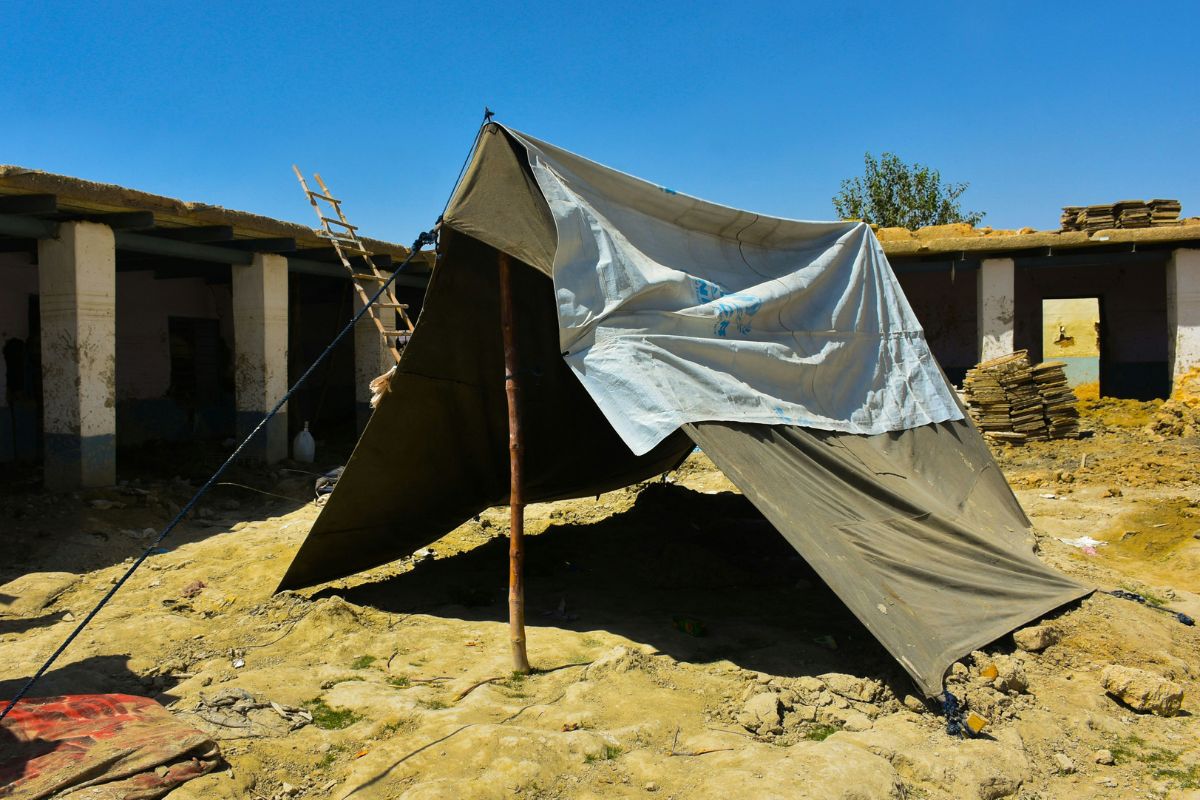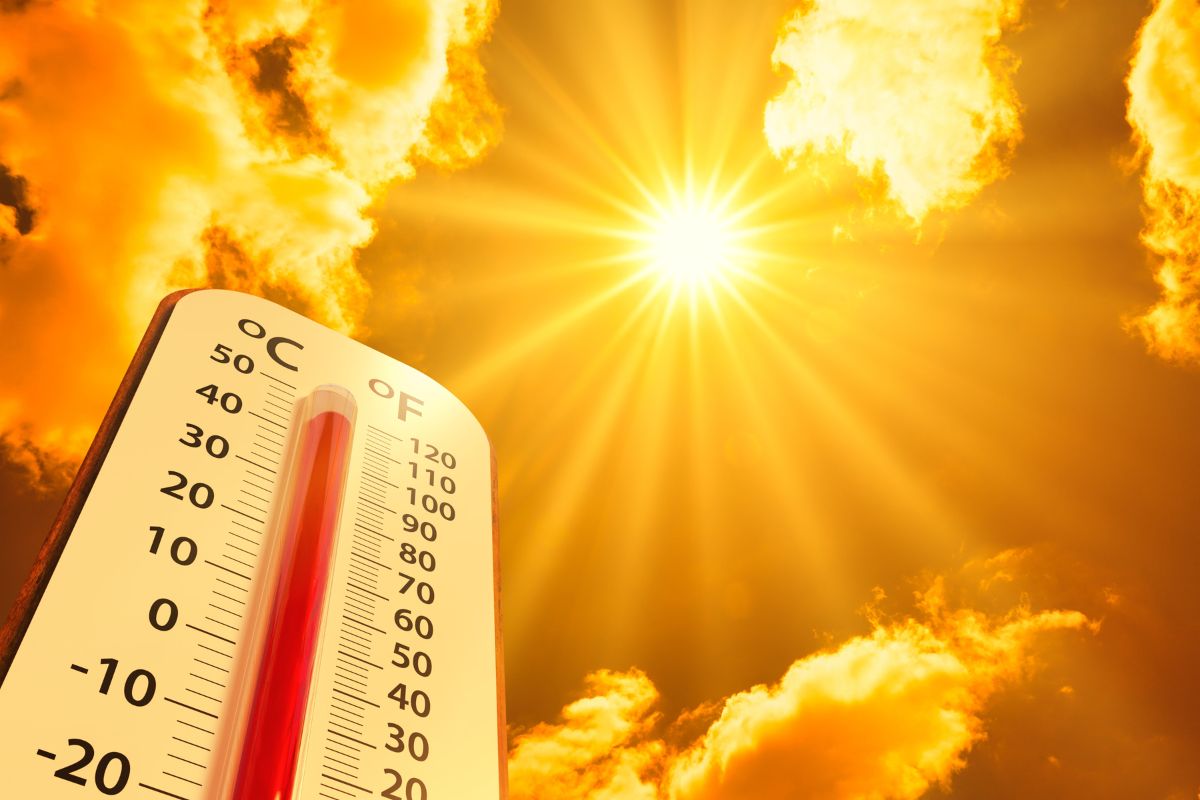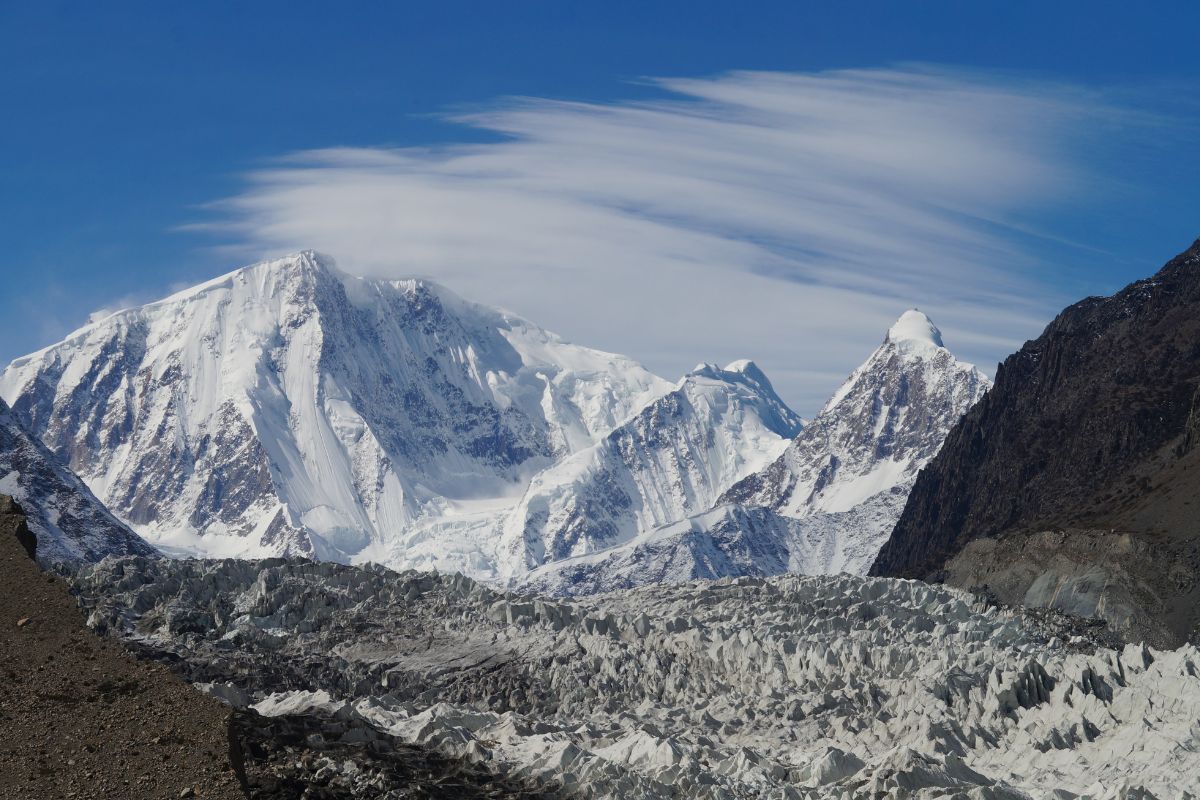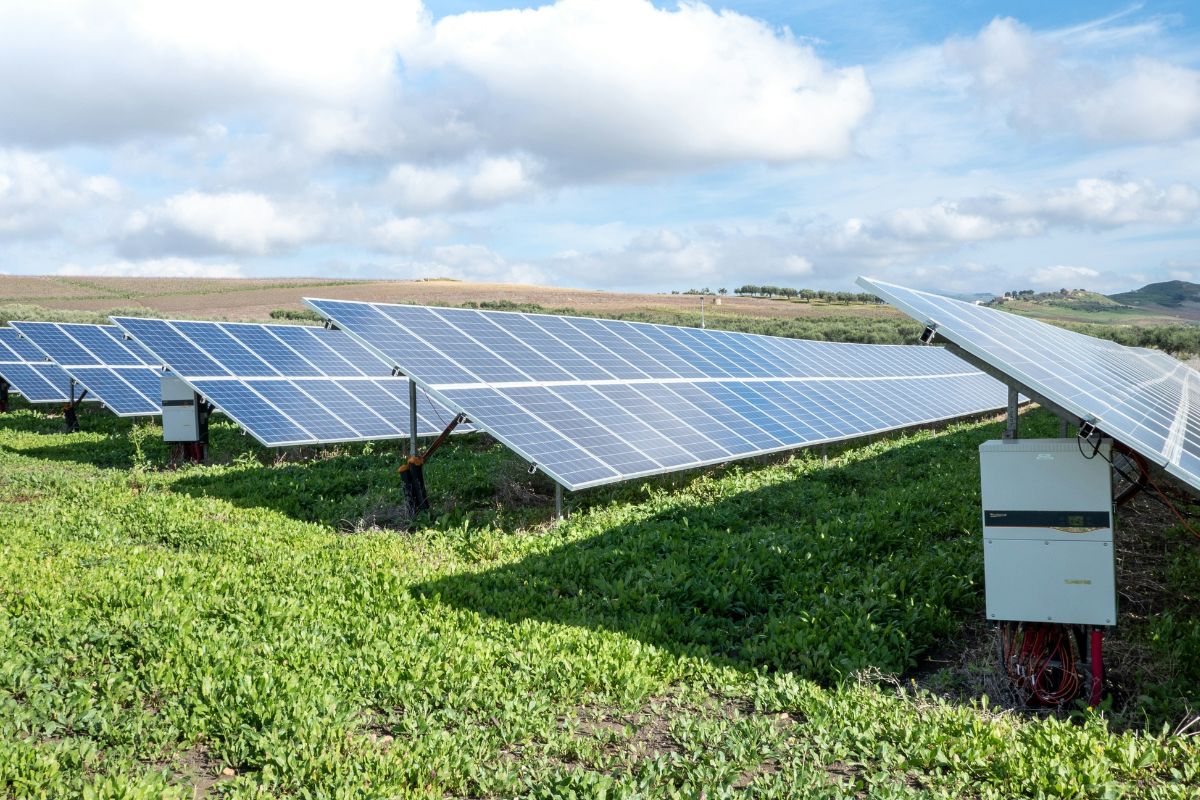
Table of Contents
Climate change is the most important issue of our time; we are the first to see the early warning signs and the last to have a chance to prevent it from happening. Living in a bubble of ignorance can only get us so far; our world is already filled with melting glaciers, flooding, animal extinctions, extreme weather events, etc.
The importance of spreading awareness about climate change using every means possible, including seemingly trivial forms like writing a school essay, cannot be overstated.
Climate change puts many countries at risk, with developing countries facing much higher risks. This serious problem has severely impacted the region, so South Asia has become more prone to disasters. Overall, climate change is accelerating, with severe consequences for Pakistan.
Yes, there is a high risk that Pakistan will face a severe water shortage in the coming years. Here’s a breakdown of the situation:
Factors Contributing to Water Shortage:
Consequences of Water Shortage:
Potential Solutions:
Overall, addressing water scarcity requires a multi-pronged approach. By taking proactive measures and adopting sustainable practices, Pakistan can mitigate the impact of climate change and ensure a secure water future for its citizens.
Pakistan is geographically located in a region where the impacts of climate change are quite strong. This climate catastrophe has huge economic, social, and environmental consequences. Statistics from the 2010 floods show that 20 million people suffered a devastating impact, losing their homes, being injured, or becoming lost. Likewise, another flood hit Pakistan in 2012, causing massive damage.
Climate change risks Pakistan’s income, housing, food, and security. Given this difficult reality, the Pakistani government must take urgent steps to combat its harmful effects. The authorities undoubtedly take this issue seriously, considering it sensitive and dangerous.
According to a study, Pakistan faces “average temperatures well above the global average and could rise by 1.3 to 4.9 degrees Celsius by the 2090s compared to the 1986-2005 baseline.” The study also noted that Pakistan “has some of the highest temperatures.” The 2020 Inform Risk Index ranks it 18th out of 191 countries.

Continues Flood Condition in Pakistan
Under the most optimistic emissions scenario, global average temperatures will rise by about 3.7 degrees Celsius from 2080 to 2099. Furthermore, changes in Pakistan’s hydrological regime and water supply are largely unknown, although droughts are expected to become more common. Extreme weather events are expected to become more common and severe, increasing disaster risks, especially for people with low incomes and minorities.
With average monthly maximum temperatures around 27°C and an average June maximum temperature of 36°C, Pakistan regularly experiences some of the highest temperature extremes in the world. In Pakistan, the average annual probability of a heat wave occurring in any region is about 3%. It is estimated that more than 65,000 people were hospitalized due to heat stroke during the 2015 heat wave in Pakistan, putting a large proportion of the population at risk.

Extreme weather conditions in Pakistan
Communities bring unique insights, skills, and a wealth of information to the issue of building resilience and addressing climate change. They should not be seen as recipients but as participants in developing resilience. Community leaders can set goals, influence ownership, and create and manage investment plans that respond to community needs based on research and experience.
Many areas of Pakistan experience annual temperatures of 38 degrees Celsius or more, which can seriously affect human health when weather patterns combine to produce prolonged heat waves. Between 1997 and 2015, Pakistan experienced 126 heat waves, an average of 7 per year, and the trend is on the rise.
While it’s still early in 2024 to say there will be fewer rains overall in Pakistan this year, climate trends and weather patterns might contribute to a perception of less rain. Here’s a breakdown of the possibilities:
Pakistan is a low- to middle-income country with a predominantly agricultural economy; however, it is gradually industrializing, and more than one-third of the population currently lives in cities. The country relies heavily on climate-sensitive land, water, and forest resources for food and nutrition security. Agriculture remains an important occupation for about 42% of the population. Irrigation from the glacial Indus River and its tributaries supports about 90% of agricultural land.

Glaciers melting 300 gigatons per year.
Glacier melt is accelerating due to climate change, increasing the potential for downstream glacial lake outflow (GLOF) flooding and debris flows. Accelerating glacial melt, rising temperatures, seasonal changes, and erratic rainfall patterns are affecting the flow of the Indus River, which will have an increasing impact on agriculture, food production, and livelihoods. With 39% of the population currently living in poverty, the loss of livelihoods highlighted in this study will have a significant impact on people’s health and their ability to access healthcare.
Heat stress, hunger, the introduction of vector-borne diseases such as dengue fever, and the increasing burden of aquatic infections will impact people’s ability to work and earn a living.
Migrants, internally displaced persons, and religious and ethnic minorities will be particularly vulnerable as they are often confined to vulnerable areas and face treatment challenges, including economic hardship caused by informal work. Child marriage, premature birth, and domestic violence may become more common due to climate change. As food production decreases, women and children will be more vulnerable to malnutrition and malnutrition.

Smog caused by pollution is affecting climate miserably
Smog is another major problem in Pakistan’s industrial eastern Punjab region, with the provincial capital, Lahore, shrouded in smog during the winter. Officials say they are working to resolve the problem, which affects thousands of brick kilns.
Millions of poor people will face significant problems from climate change, including hazardous events, health consequences, social protection, economic stability, mobility, water security, cultural heritage, and other risks.
Climate change is closely linked to global inequality patterns. Climate change harms the most vulnerable, even though they are least affected by disasters. Millions of vulnerable people face disproportionate problems as the impacts of climate change worsen in terms of extreme events, health impacts, food security, economic security, water security, and cultural identity.
Households headed by women, children, persons with disabilities, indigenous peoples and ethnic minorities, landless tenants, migrant workers, displaced persons, sexual minorities, older persons, and other socially excluded groups are all highly vulnerable to disasters. Their vulnerability stems from multiple factors, including geographical location, financial, socioeconomic, cultural, and gender status, access to health care, decision-making, and justice.

tons of garbage on beaches
The poor and oppressed are demanding more aggressive climate action. Climate change is not just an environmental catastrophe but also a social crisis that requires us to confront inequalities on many levels: between rich and poor countries, between men and women, and between generations. To achieve more effective development outcomes, the Intergovernmental Panel on Climate Change (IPCC) emphasizes the need for climate solutions that adhere to the principles of climate justice (i.e., recognition, procedural, and distributive justice).
Unfortunately, Pakistan, a country known for its diverse landscapes and rich cultural heritage, is at the forefront of climate change’s devastating effects. Here’s a breakdown of the situation:
Pakistan’s Vulnerability:
Impacts of Climate Change:

Plastic harming marine life
Consequences of Climate Change:
Looking Forward:
Climate change mitigation initiatives often have a disproportionate impact on the most vulnerable. Without well-designed supporting policies, climate change adaptation measures may place a greater financial burden on poor households; for example, policies to expand public transport or carbon pricing may lead to higher public transport prices, placing a greater financial burden on poor households.
Likewise, restricting forest activities to certain times of the year may have consequences for indigenous peoples who rely on forests for their livelihoods year-round. In addition to addressing the distributional impacts of a decarbonized economy, social inclusion, cultural and political economy issues also need to be understood and addressed, such as identifying the type of transformation required (economic, social, etc.) and identifying opportunities to address them. Social inequalities in these processes.

Solar energy instead of fossil fuels
In addition, communities bring unique insights, skills, and a wealth of information to build resilience and address climate change issues. They should not be seen as recipients but as participants in developing resilience. Community leaders can set goals, influence ownership, and create and manage investment plans that respond to community needs based on research and experience.
The latest Intergovernmental Panel on Climate Change report highlights the importance of multiple types of knowledge, such as scientific, local, and indigenous knowledge, to build resilience to climate change. Through innovations in climate finance architecture, marginalized communities and people can access high-level political, technical, and financial support to achieve successful and locally relevant development outcomes.
Pakistan’s breathtaking northern areas, a haven of majestic mountains, pristine glaciers, and vibrant cultures, face a harsh reality – climate change. Rising temperatures are wreaking havoc on this region, threatening its natural beauty and the livelihoods of its people.
Melting Majesty: The Disappearing Glaciers
The crown jewels of the north – the glaciers – are melting at an alarming rate. These frozen giants, once a source of life-giving water for millions downstream, are shrinking rapidly. The consequences are dire:
From Lush Valleys to Parched Lands: The Impact of Less Rain
The rain patterns in the north are changing. Here’s how:
Also read: Ibex Trophy hunting
The Ripple Effect: A Region in Transition
The impacts of climate change extend far beyond the environment. The melting glaciers and erratic rainfall are having a profound impact on the lives of people in the north:

Sustainable Solutions
A Call to Action: Preserving the Future of the North
The situation in Pakistan’s northern areas is urgent. However, there’s still hope:
Conclusion:
Climate change presents a major challenge for Pakistan. However, Pakistan can build resilience and adapt to this evolving threat by taking proactive measures and forging international collaborations. By acting now and working together, we can help preserve the beauty and livelihood of Pakistan’s northern areas for future generations. Let’s ensure these majestic mountains and vibrant cultures continue to thrive, not just as a memory of a bygone era but as a testament to our collective effort in combating climate change.
Since 2017, Saba Ghani has been serving as the talented and dedicated chief content writer for Pakistan Tour and Travel & EMHI Solutions. With her exceptional writing skills and in-depth knowledge of the travel industry, she has been instrumental in crafting engaging and informative content that captivates the audience. You can catch her at saba@pakistantourntravel.com or Twitter
12Years of relentless tourism Services in Pakistan